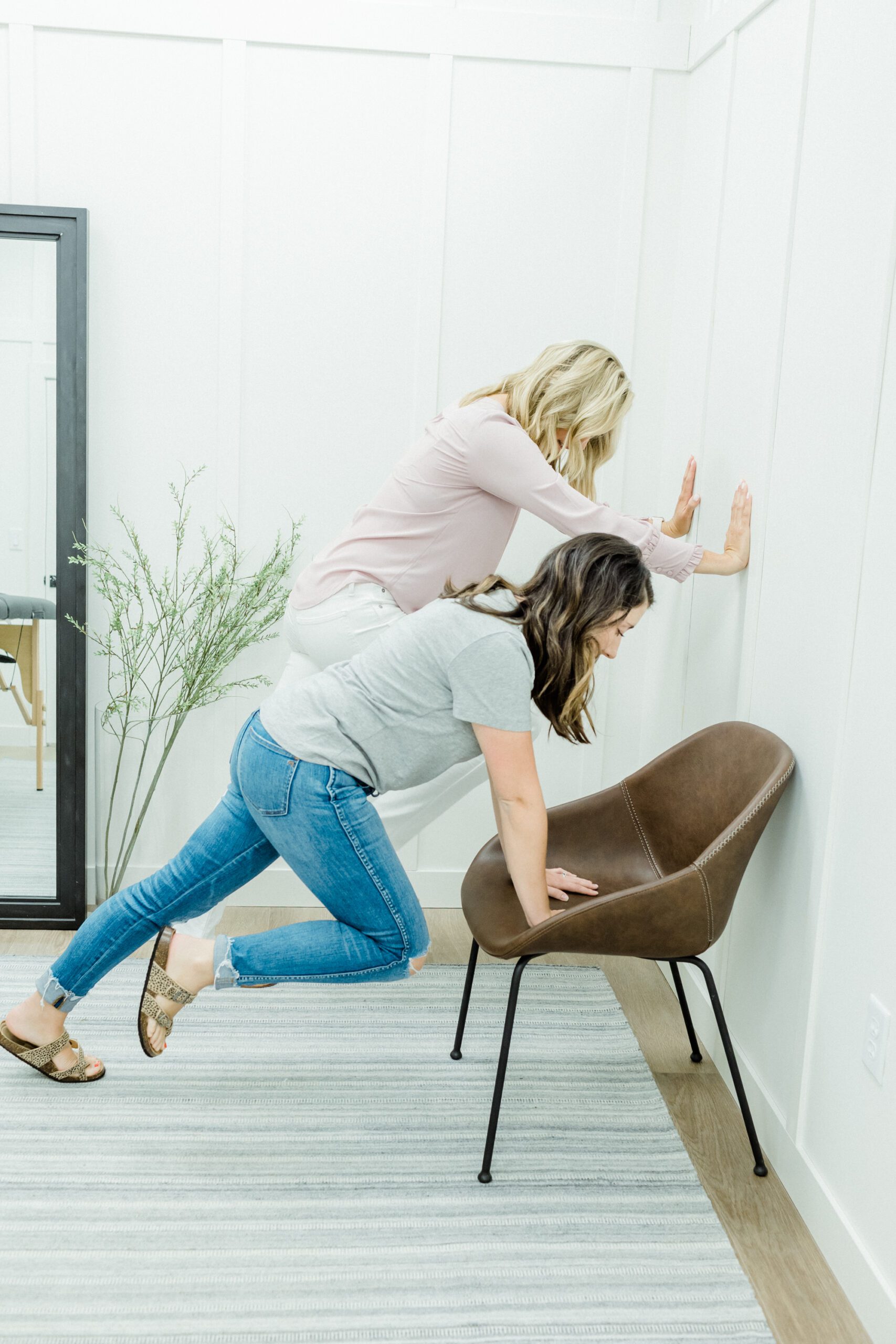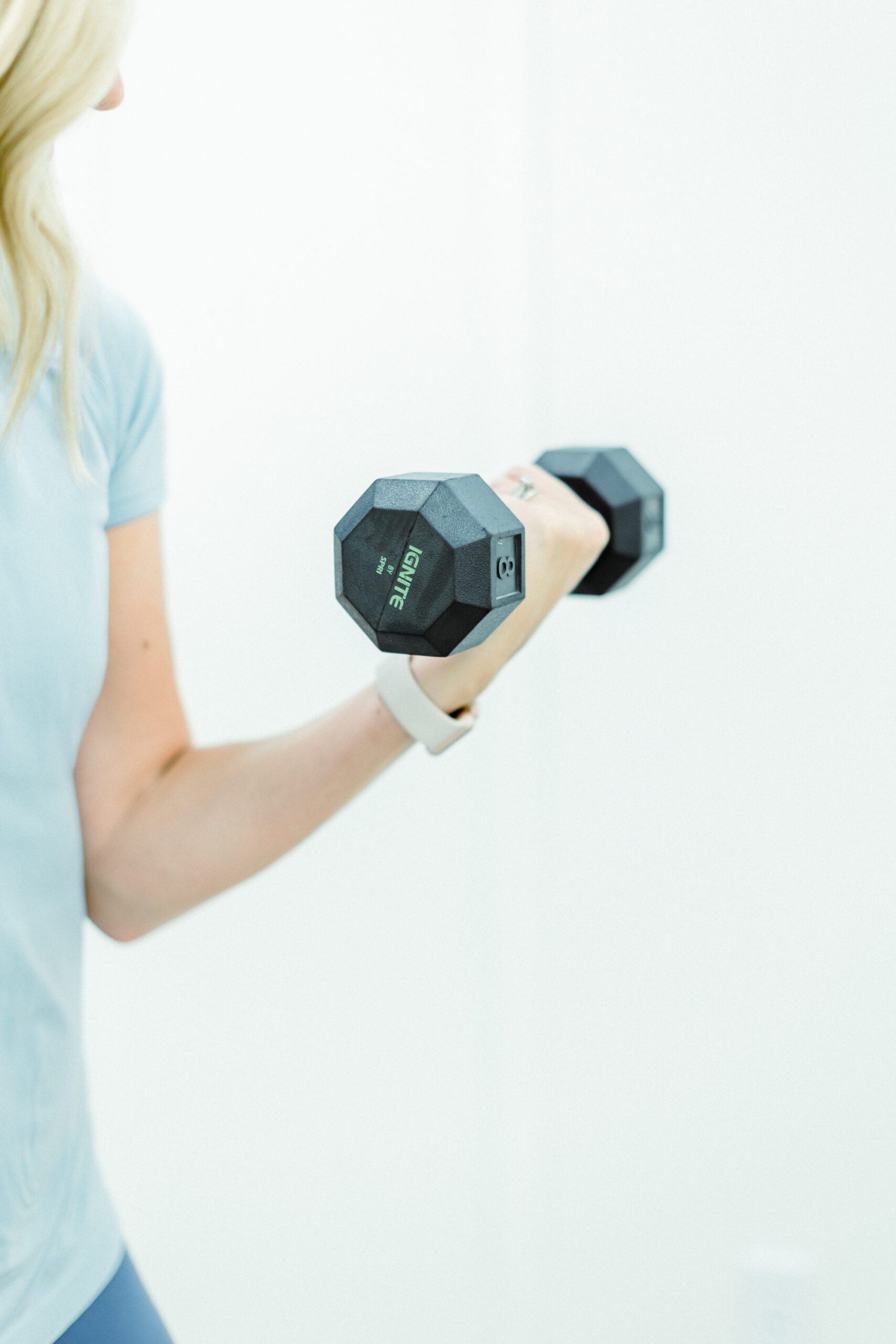Have you ever wished in hindsight that you would have talked to your provider about something before it happened, or found out you had options but you weren’t aware of them?

Over the years, I’ve seen hundreds of postpartum women and heard their birth stories. I’m also trained in intrapartum care, so I have the joy of helping women and their partners prepare for labor and delivery! Here are a few things that I recommend talking to your practitioner about BEFORE you go into labor. I think that anytime you can let your provider know your wishes ahead of time, or find out how they typically practice, you can avoid confusion and frustration during and after birth.
Today I’m sharing 4 topics that are less common to talk about and a few reasons why you might want to consider them before going into labor.
- Adjusting the strength of an epidural – My main goal for my labor and delivery appointments is to support my patients in whatever their wishes are. For those who are set on having an epidural, I always encourage them to find out whether it’s possible to adjust the strength of the epidural, b/c I do believe that you can push more effectively and potentially assume other pushing positions when the strength is a little lower. Squatting and even quadruped positions could be possible, and if you can feel your contractions and have more connection to your body, you’ll be able to push with greater ease!
- Delivery positions and changing positions while pushing – I’ve shared my passion for trying different pushing positions during labor to avoid pushing on your back. Pushing on the back has the highest rates of perineal trauma (tearing and episiotomy) along with forceps/suction delivery, nerve damage, etc. This is due to the fact that the sacrum has nowhere to move. However, even my patients who are SET on pushing in other positions find themselves on their back during the pushing phase b/c they didn’t dare speak up for themselves when they got to that point. Having this conversation with your provider ahead of time can be hugely beneficial.
- Artificially breaking of water – I’ve experienced and often heard of this happening when women are in labor to “speed things up,” or even to just keep things moving. Research actually shows that breaking the water artificially does not shorten or speed up labor, and actually increases the risk of c-section. For many moms, it will make contractions intensify quickly, which, if they did not desire epidural, can be overwhelming and push them to seek pain relief. Ask your provider ahead of time what their typical practice is for breaking water, and state your wishes if you do not want them broken artificially during active labor.
 Laboring Down/Waiting for Fetal Ejection Reflex – Often in hospital-based births, a mom receives multiple vaginal checks, and as soon as she is dilated to a “10” she’s told that she can push whenever she is ready. But there is evidence for waiting for the fetal ejection reflex to kick in or a laboring down phase. I’ve also seen some negative evidence against laboring down in moms that have an epidural, so there are pros and cons on both sides, but in general, I’ve seen that women who do not have an epidural and wait for fetal ejection reflex to kick in seem to have a smoother and quicker delivery. From a logical standpoint, God created us with a fetal ejection reflex, which is designed to take some or all of the work out of pushing, as our bodies begin to naturally push for us. I’ve experienced it myself, and there is NOTHING you can do to stop it! It’s overwhelming, but also incredible as you see how the female body was designed to give birth. It makes sense then, that by WAITING for the fetal ejection reflex to kick in vs. starting to push right when 10 cm is reached, it might produce an easier and quicker pushing phase.
Laboring Down/Waiting for Fetal Ejection Reflex – Often in hospital-based births, a mom receives multiple vaginal checks, and as soon as she is dilated to a “10” she’s told that she can push whenever she is ready. But there is evidence for waiting for the fetal ejection reflex to kick in or a laboring down phase. I’ve also seen some negative evidence against laboring down in moms that have an epidural, so there are pros and cons on both sides, but in general, I’ve seen that women who do not have an epidural and wait for fetal ejection reflex to kick in seem to have a smoother and quicker delivery. From a logical standpoint, God created us with a fetal ejection reflex, which is designed to take some or all of the work out of pushing, as our bodies begin to naturally push for us. I’ve experienced it myself, and there is NOTHING you can do to stop it! It’s overwhelming, but also incredible as you see how the female body was designed to give birth. It makes sense then, that by WAITING for the fetal ejection reflex to kick in vs. starting to push right when 10 cm is reached, it might produce an easier and quicker pushing phase.
If you’re interested in learning more about any of these topics, I’d invite you to do your own research, talk to other moms with various experiences, talk to your provider of course, and if you want personalized help, I’d love to help you prepare for labor and delivery. This is a part of my OB package, but it also can be a stand-alone appointment. It’s a joy to help women feel more prepared for labor and delivery, to give them some extra tools in their toolbelt to help hopefully decrease pain and length of labor, and remind them that birth is not something to fear. It’s something to celebrate!






